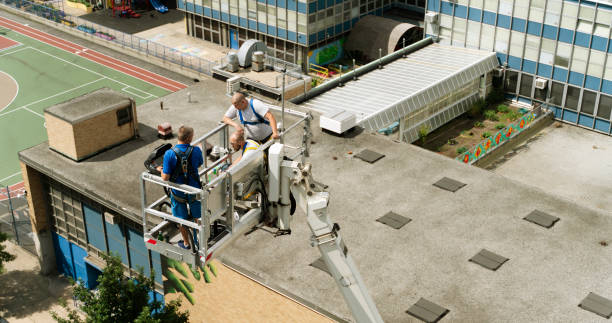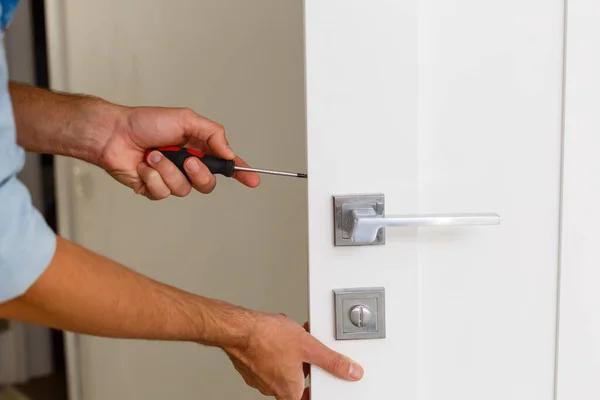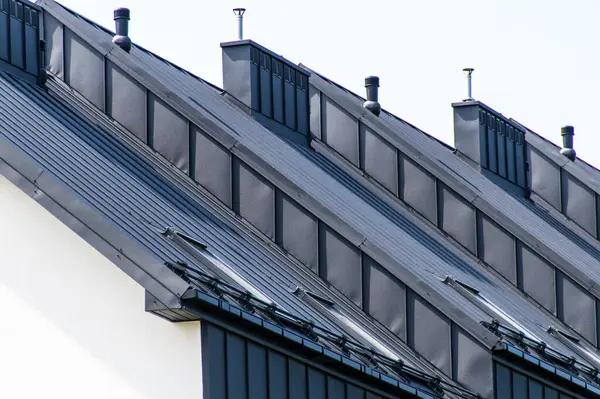Roof trusses are an essential component of any building structure, providing support and stability to the roof. They are designed to distribute the weight of the roof evenly across the walls and foundation, ensuring that the structure remains strong and secure.
When it comes to designing and installing roof trusses, there are several important factors to consider. The first step in the process is determining the type of truss that will be used for your project. There are several different types of trusses available, each with its own unique design and characteristics.
One of the most common types of roof trusses is the king post truss, which consists of a central vertical post with diagonal beams extending outward from either side. This type of truss is ideal for smaller structures or buildings with simple roof designs.
Another popular option is the queen post truss, which features two vertical posts connected by horizontal beams at the top and bottom. This type of truss is often used for larger structures or buildings with more complex roof designs.
Once you have chosen a suitable truss design for your project, it is important to ensure that it meets all relevant building codes and regulations. This may require consulting with a structural engineer or architect to ensure that your design complies with local building codes.
The next step in the process is installing the roof trusses on-site. This typically involves lifting each individual truss into place using a crane or other lifting equipment. It is crucial to ensure that each truss is properly aligned and secured before moving on to the next one.
During installation, it is also important to consider factors such as bracing and fastening methods. Bracing helps to stabilize the trusses during Murray Built Construction, while proper fastening ensures that they remain securely attached to the rest of the structure.
After all of the roof trusses have been installed, it is important to conduct a thorough inspection to ensure that everything has been done correctly. This may involve checking for any signs of damage or misalignment, as well as ensuring that all connections are secure.
In conclusion, designing and installing roof trusses requires careful planning and attention to detail. By following these guidelines and working closely with professionals when necessary, you can ensure that your project goes smoothly and results in a safe and stable structure for years to come.
Murray Built Construction
2318 W Eleven Mile Rd, Berkley, MI 48072
248-617-4580




